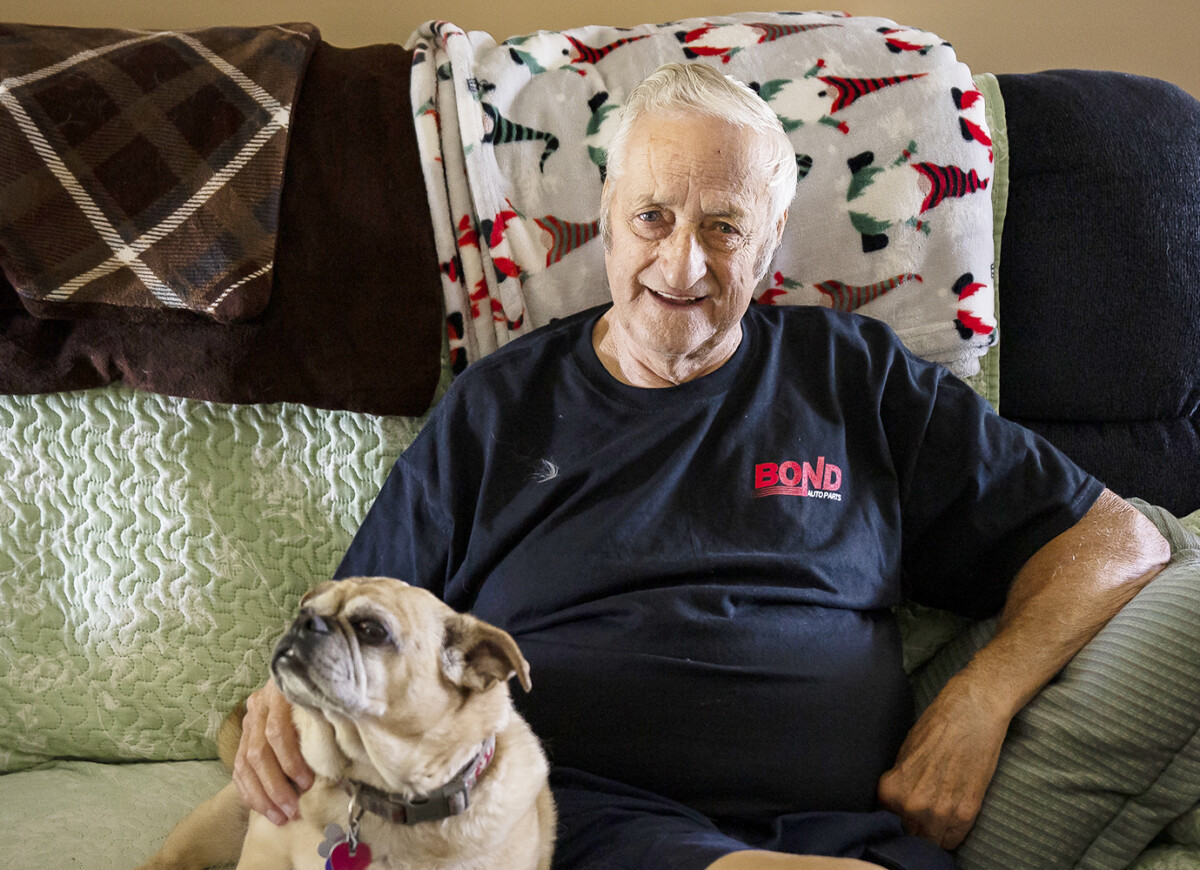‘Meds to Beds’ Improves Patient Care and Safety

Walter Bidwell, a 78-year-old semi-retired car parts delivery person from Milton, recently suffered his fourth heart attack. This time around, he says, his doctors found a blocked artery, necessitating a stent and new medication.
While he was at The University of Vermont Medical Center hospital for only a few days, Bidwell says that during that time his medication was changed, and some prescriptions added and some discontinued. The changes left him a little confused.
However, he was supported by an innovative pharmacy program called “Meds to Beds” that brings pharmacists and case managers to the bedside to explain medications before patients leave hospital care. Not only do patients report greater satisfaction around the discharge process, the transition to home is easier and safer.
A lot of people, like myself, don’t really understand what the medications are. By having a pharmacist come and explain, it made it all easier to understand.
Walter Bidwell
The confusion that many patients feel with new medications can also be compounded by other trying circumstances, specifically medication costs and insurance coverage. Because the “Meds to Beds” team has access to both the patient’s electronic health record and their care team in real-time, they can work with prescribers to find the best medication regimen, and one that is affordable and covered by the patient’s insurance. While pharmacists are able to identify preferred medication alternatives, other team members can make timely referrals to hospital health assistance programs, or find co-pay assistance cards or other pharmaceutical co-pay assistance programs.
We have found that because patients and their families can talk to a pharmacist in their rooms prior to leaving, people are more likely to ask questions and explore concerns, thus increasing their comfort level with what is often a brand new medication regimen.
Case Manager Jennifer Hauptman, MSW, LICSW, of UVM Medical Center.
The “Meds to Beds” program at UVM Medical Center has become a model for other organizations because of its unique teamwork. The program has exceeded original predictions in terms of participation, patient satisfaction and safety interventions.
“Our teams have taken the concept of this program and vastly improved it by allowing physicians, pharmacists, nurses and case workers to work in concert,” says Christina Oliver, vice president of clinical services at UVM Medical Center. “It has allowed us to provide safer and more personalized care to our patients.
